Cape Krusenstern National Monument
North of the Arctic Circle, the monument forms 70 miles of shoreline on the Chukchi Sea. More than 114 beach ridges provide evidence of human use for 5,000 years. The Inupiat continue to use the area today. Vast wetlands provide habitat for shorebirds from as far away as South America. Hikers and boaters can see carpets of wildflowers among shrubs containing wisps of qiviut from muskoxen.
Cape Krusenstern National Monument lies within a remote area of northwest Alaska and is bordered by the Arctic Ocean and Chukchi Sea. Visitors generally access the monument via the regional hub in Kotzebue. Commercial airlines provide daily service from Anchorage to Kotzebue. Chartered flights with licensed air taxi services, booked in advance, can take backcountry travelers to remote destinations within the monument.
- Camping
- Backcountry Camping
- Flying
- Fixed Wing Flying
- Hands-On
- Arts and Crafts
- Hiking
- Backcountry Hiking
- Junior Ranger Program
- Wildlife Watching
- Birdwatching
- Museum Exhibits
- Shopping
- Bookstore and Park Store
- Archeology
- Colonization and Settlement
- Animals
- Birds
- Arctic
- Tundra
- Night Sky
- Aurora Borealis
- Unique Species
Muskox and Geese
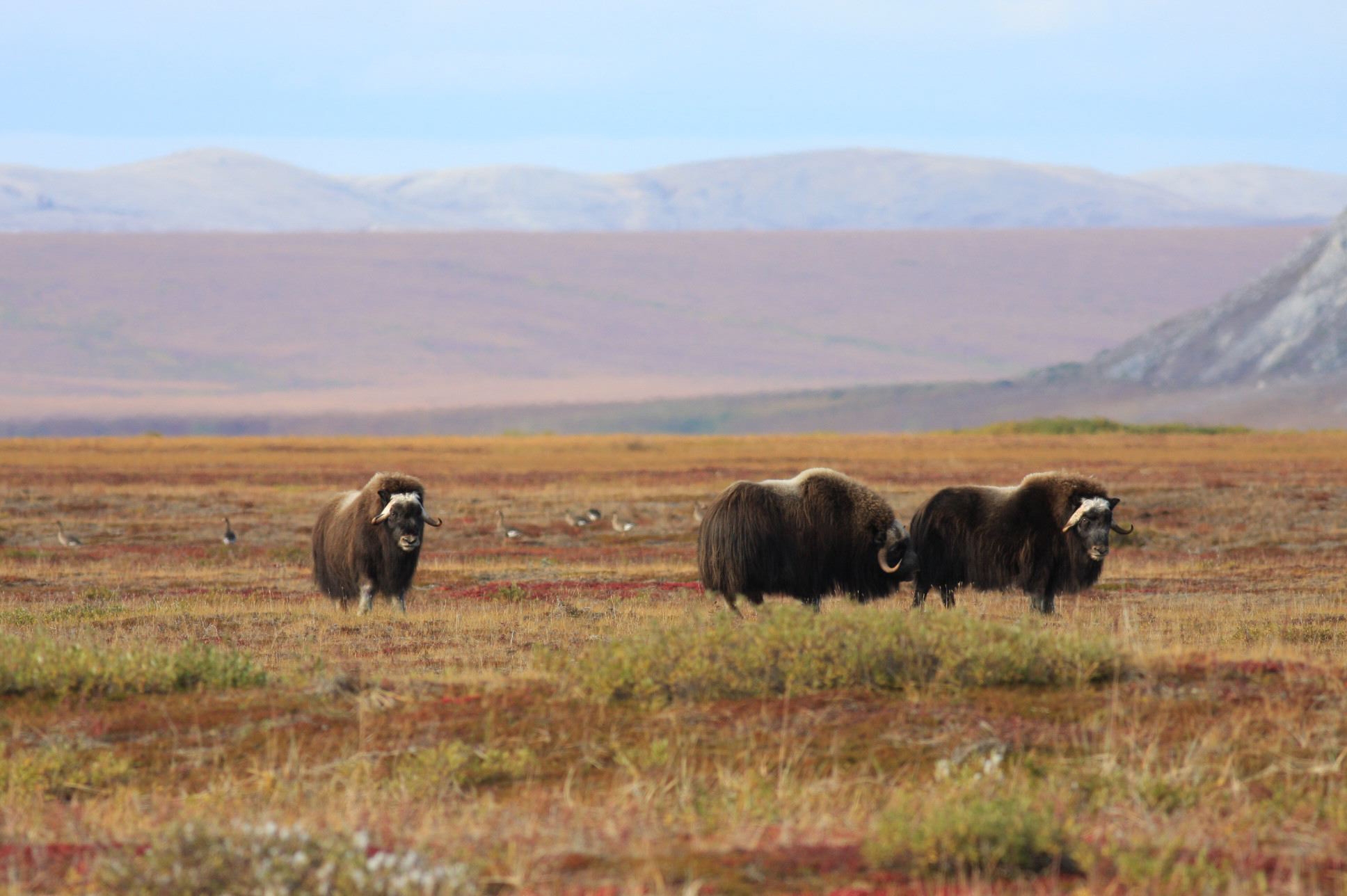
Muskox and Greater White-fronted Geese on vegetated beach ridges in front of the Igichuk Hills.
Winter Moon
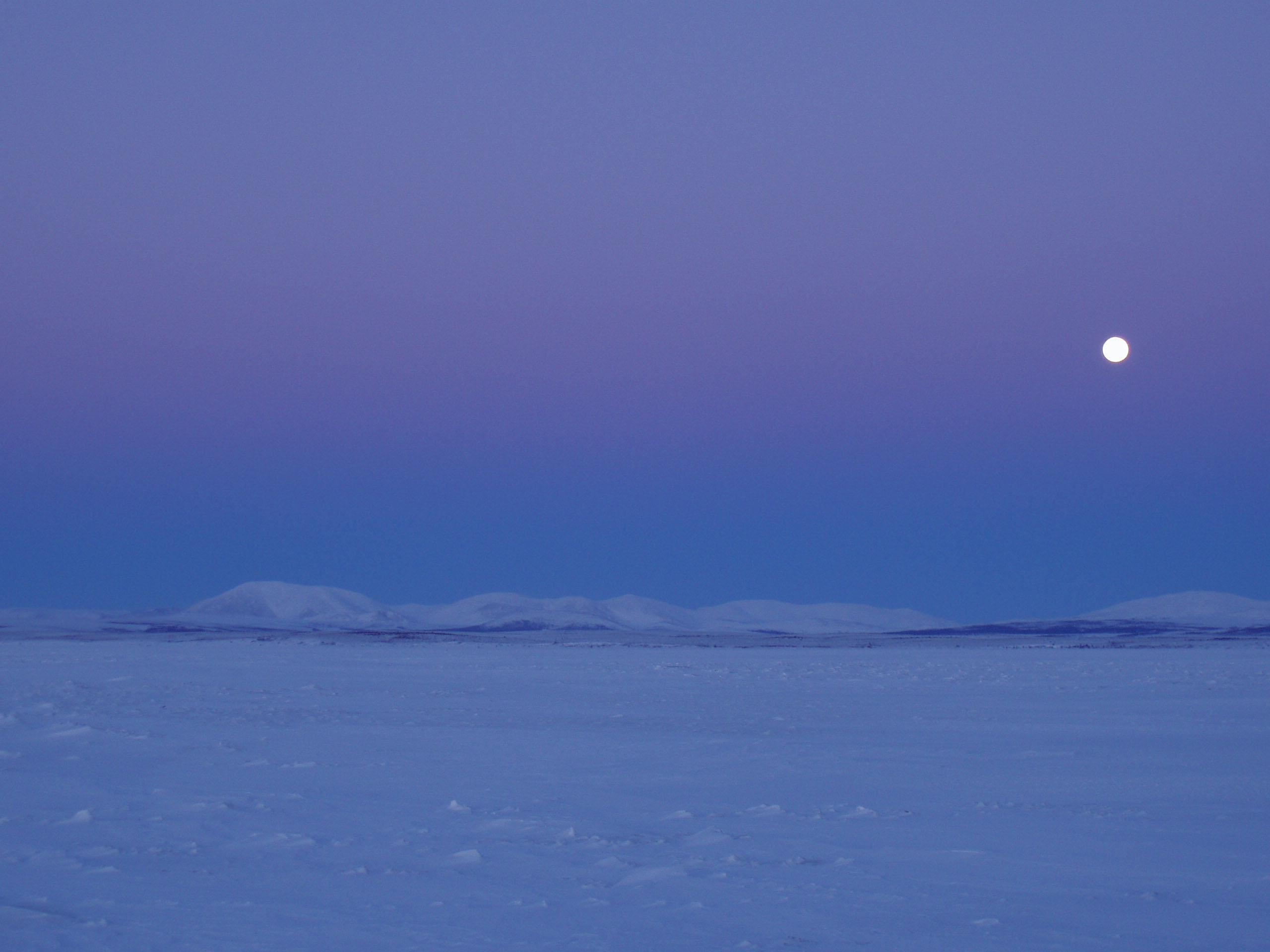
January light and a bright moon at 2 pm over the Igichuk Hills in Cape Krusenstern National Monument.
Beach Ridges on the Shore of Cape Krusenstern
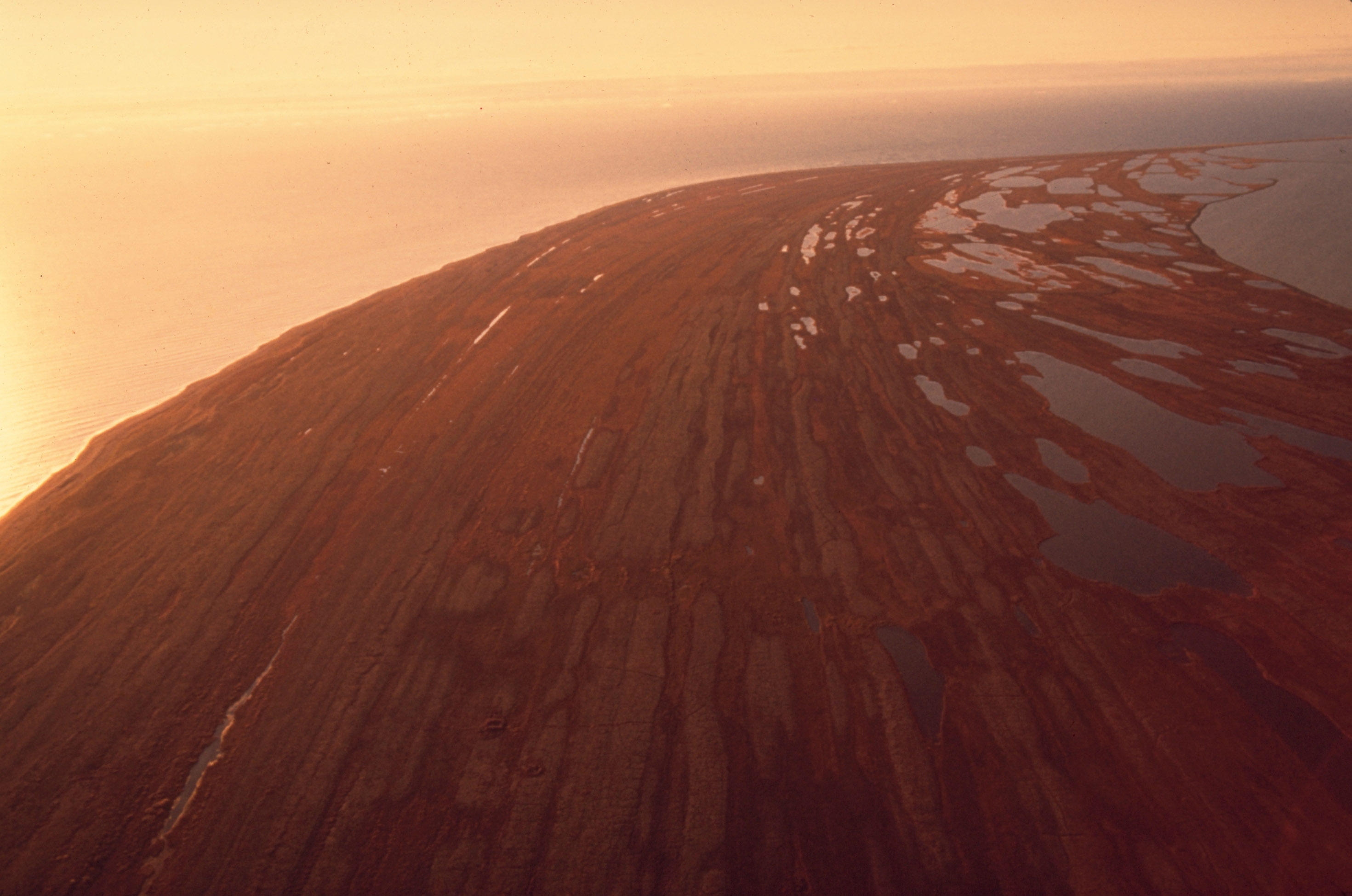
Beach ridges created by years of wave action during storms can be seen as parallel lines in the fall vegetation covering the old gravel.
Fish on a Drying Rack
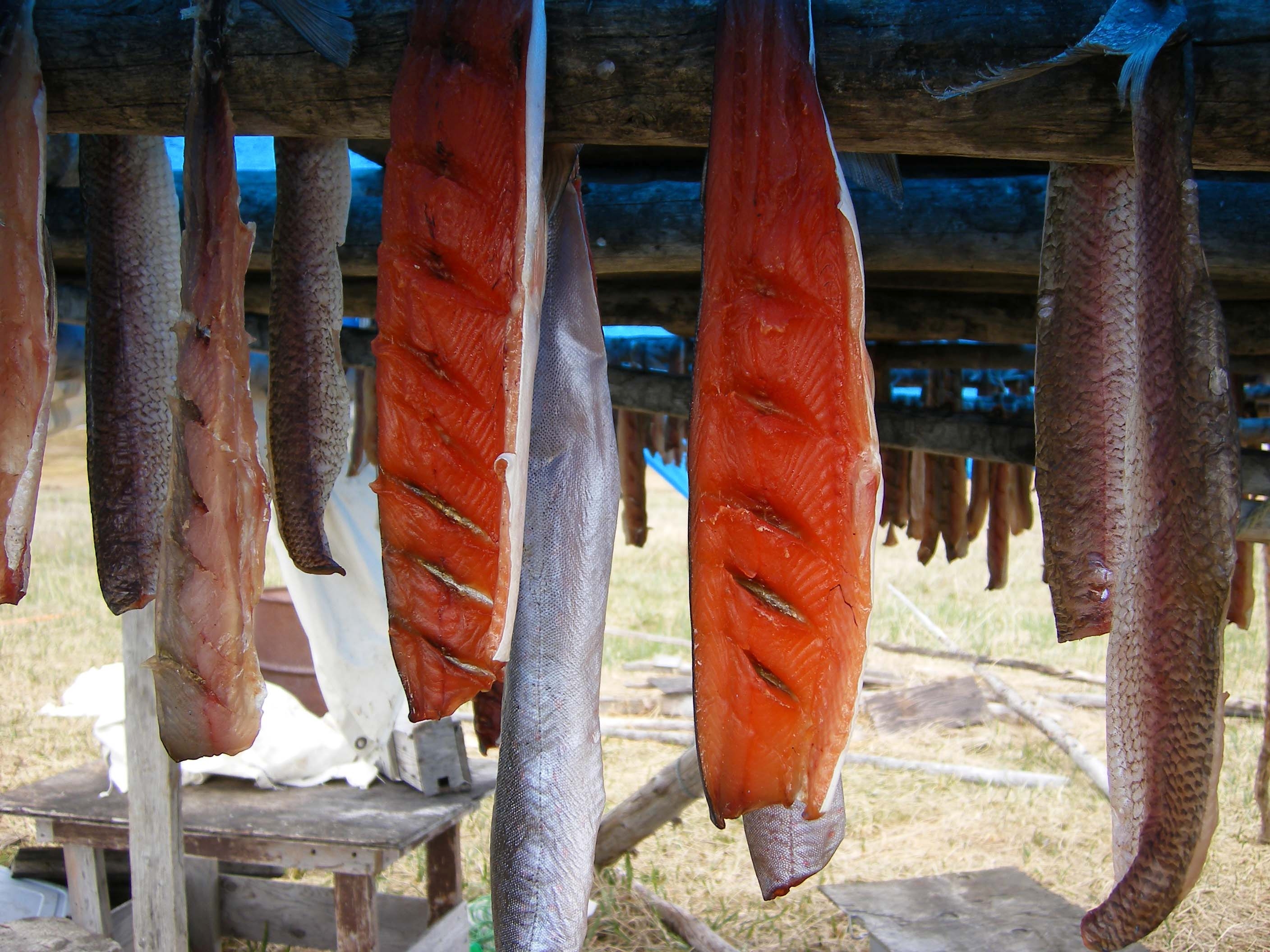
Pike (left and right) and trout (middle) dry on a rack at a subsistence camp. The slash marks allow more air to circulate and dry the meat more quickly.
Old House Uncovered
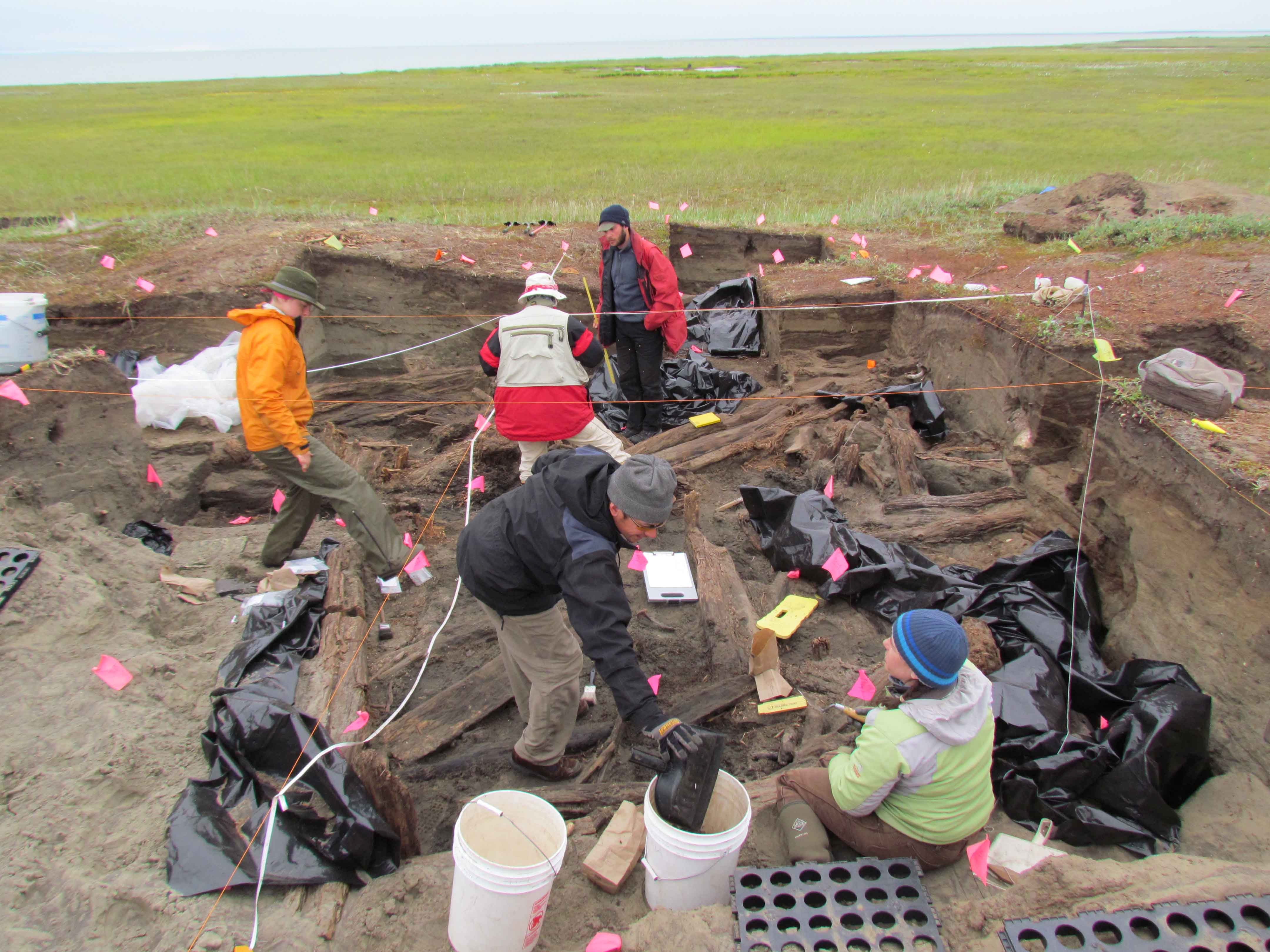
A University of Washington archeology crew conducts research on an old semi-subterranean house along the beach ridges of Cape Krusenstern. Old house timbers are slowly revealed about 4 feet down